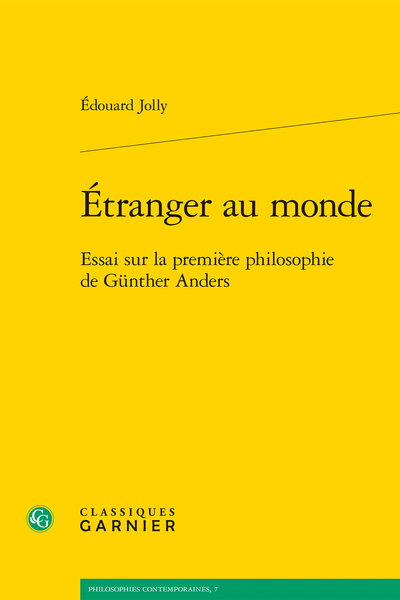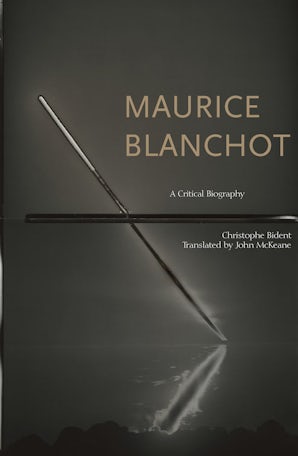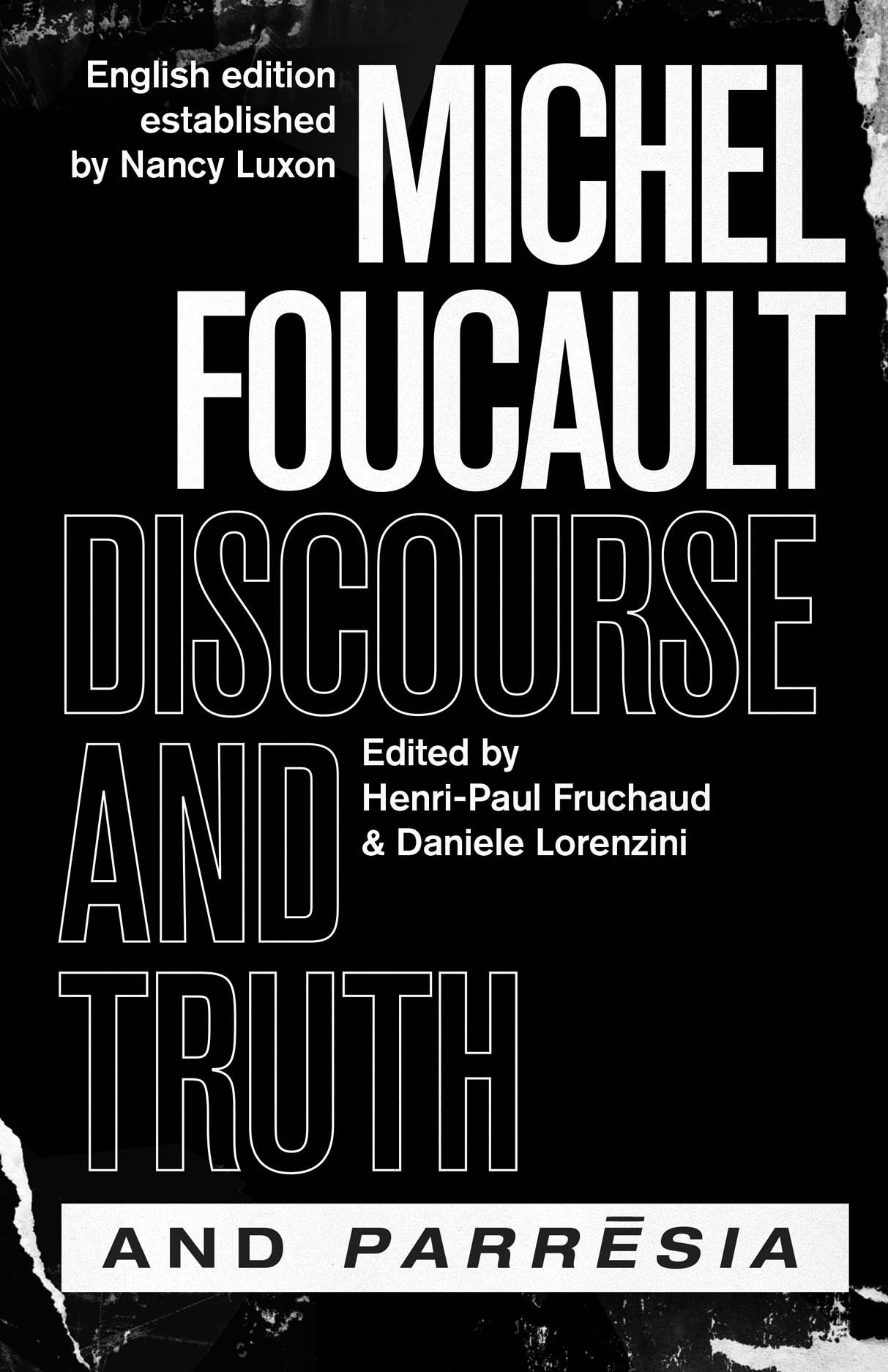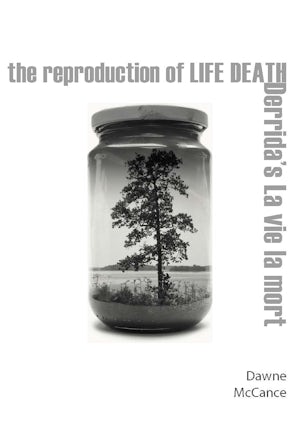 The Autobiography of Solomon Maimon
The Autobiography of Solomon Maimon
Princeton University Press
2019
Hardback $35.00
336
Reviewed by: Thomas Nemeth (USA)
Salomon Maimon hardly needs an introduction today. However, there was a time, not too long ago, when a relatively popular image of German Idealism within Anglophone philosophy had it consisting of just four figures, viz., Kant, Fichte, Schelling, and Hegel, with the last three uniformly denounced and thereby simply dismissed. Bertrand Russell, for one, as late as 1945, saw Fichte’s subjectivism as involving almost a form of insanity. Even today, it may be all-too-easy to see Maimon as a curiously odd and eccentric figure sandwiched between Kant, who was fundamentally mistaken but could, they thought, be understood, and Fichte, whose prose was manifestly unintelligible and so could not possibly be understood. Of course, Maimon’s numerous philosophical writings, most of which are quite unfamiliar to even the most informed student of intellectual history, represent much more than a transition or stepping stone on the path to Hegel’s Absolute Spirit. Thankfully owing to the efforts of a number of recent assiduous scholars, this picture has considerably changed, although Maimon is still largely seen as an astute and penetrating critic of Kant’s epistemology rather than a precursor or even initiator of a strand of neo-Kantianism. Still, the appearance of outstanding studies of, in particular, Fichte and Hegel has forced increasing attention be paid to the conceptual understanding of the development of their respective philosophies and thus to Maimon. What is truly remarkable is that he alone penned a detailed autobiography—and an often amusing and informative one at that—whatever the motivation for writing it might have been.
We can briefly summarize Maimon’s account of his life. The bulk of the recollections in this volume admittedly have little to do with what gained him renown. Had he not written a single line of philosophy, his autobiography would be of interest only to cultural historians for what it tells us of the environment in which Maimon grew to young manhood and of the way of life within several dispersed Jewish communities of the time. But Maimon did write philosophical tracts of a rather high, perhaps, some might argue, even of the highest order and many will turn to this autobiography in hope of understanding his philosophical, rather than cultural, development. Admittedly, they may initially come away somewhat disappointed, but the information is there in plain sight.
Born Shlomo ben Yehoshua in 1753 in what was then Polish Lithuania (now Belarus), Solomon Maimon, as he recast himself in homage to the medieval Jewish philosopher Maimonides, spent a significant portion of his adult life travelling in search of an education. In this pursuit, he left behind a family from an arranged marriage. Much could be said of the sheer intellectual poverty of his environment during his early years. He tells us that he was raised in the “blackest darkness,” that he tried to free himself “from superstition and ignorance” (215), that he read at a young age a Hebrew-language book on astronomy found in his father’s library, but, he laments in retrospect, it was already over 150 years old. The point we might notice today is not that the book was antiquated, as Maimon wants us to think, but that his father had a library! As a youth, Maimon was already recognized for his intellectual gifts in his community and was raised to follow his father’s footsteps as a rabbi. He writes that when he was about nine years of age he could “already grasp both the Talmud and the commentaries, I also enjoyed engaging in disputations about them” (31). In fact, Maimon recounts that in one of his travels in Germany he met a leading rabbinic opponent of the Jewish enlightenment, Raphael Kohen, who described Maimon’s father as a “famous rabbi” (219). Was Maimon’s environment, then, as impoverished as he wants us to believe. Did he not hone his intellectual gifts through an immersion in Jewish texts? And were the respective backgrounds of Kant and Fichte more “enlightened” than his? Kant’s family was hardly intellectual; his father was a harness maker. Fichte came from a family of poor ribbon weavers. What sort of “libraries” were those families likely to have? Certainly, one may respond that they had a greater opportunity for career advancement than Maimon did, but that is not the issue. The issue is Maimon’s portrayal of his background as intellectually impoverished.
Quite dissatisfied with his life and wishing to learn, Maimon set out westward in hopes of reaching Berlin ostensibly to study medicine. Eventually while on the road, he came upon a Jewish beggar, with whom Maimon wandered for a number of months and who taught him the art involved in his acquaintance’s “profession.” They came to Posen in Poland, and there Maimon decided to stay for a time owing to the generosity he encountered from within the Jewish community. After a while, realizing what he took to be the general superstitious nature of many of the locals, Maimon set out again for Berlin. Unlike his first attempt to enter the Prussian capital, he was able to enter without incident, since he traveled by coach, whereas previously he arrived by foot – and was turned away. Now in Berlin he encountered Moses Mendelssohn, for whom he expresses high praise indeed. Despite the privations he experienced during his meandering travels and his obvious mental gifts, Maimon not for a moment seriously considered adopting a trade that could improve his material well-being and yet yield sufficient free time to pursue his interest in philosophy. Mendelssohn was but one who admonished him to pursue a settled direction and cease his “dissolute” way of life – precisely what this was Maimon fails to elaborate. In any case, he had no intention of heeding this well-meant advice, telling Mendelssohn, as he told others, that he was “uninterested in practical undertakings,” that his upbringing had made him “prefer the quiet, contemplative life” (208). If this was the case, why did he frequent and spend what little financial resources he had at taverns and, quite likely, other establishments of ill-repute? He records that he spent three years in an apprenticeship at a pharmacy, even earning a certificate to document his knowledge, but confesses that he never had any intention of actually working as a pharmacist.
Deciding to leave Berlin without offering much thanks to those who befriended him, he eventually made it to The Hague in Holland, where again he was welcomed and stayed for some nine months, “leading a life of complete independence but also extreme reclusion” (211). In short, he again gives every indication of being in debt to the generosity of others, not giving so much as a hint once of seeking meaningful employment. In the end, despairing of the Dutch Jews, whose only interest in his eyes was to make money, he decides to travel yet again, this time back to Berlin. Throughout his travels, Maimon often laments his inability to speak the language of those whom he encounters wherever he went. Judging from the numerous conversations he relates, though, one finds it hard not to ask how was he was able to communicate with so many. This remains somewhat of a mystery unless we take his linguistic handicap to be somewhat exaggerated. Were those with whom he had extended conversations able to understand his tongue, or did he acquire theirs in a remarkably short time?
Although we may find Maimon’s itinerant life-style curious, perhaps even amusing, what surely interests us here is his encounter with Kant’s philosophy, which he came upon sometime in the mid- to late-1780s. Writing down his observations and commentary on the first Critique, these became his best-known treatise, the Essay on Transcendental Philosophy, published in 1790 in Berlin. The story behind this work—or, rather, immediately after its composition—has been related numerous times. Maimon showed his manuscript to Marcus Herz, who suggested Maimon send it to Kant himself accompanied with a letter of introduction that Herz offered to write.[1] Kant, receiving the package and claiming he had little time to read carefully such a ponderous work, nevertheless, glanced at it. He quickly realized its worth, and remarked that Maimon had understood him better than any of his other critics. Maimon, of course, took this to be an affirmation of his own perspicacity into Kant’s thought particularly in contrast to Karl L. Reinhold’s, Kant’s first popularizer. What Maimon does not dwell upon in his Autobiography is Kant’s extended (for a letter) reply in his letter to Herz dated 26 May 1789 concerning the central issues raised in the Transcendental Philosophy. Kant recognized Maimon’s “many acute observations” (Ak 11: 54) but also that although Maimon’s central question “quid juris?” could be answered along the lines of Leibnizian-Wolffian principles, such an answer would require sensibility to be understood as not fundamentally different from the understanding. In short, Maimon’s “way of representing is Spinozism” (Ak 11: 50). As Kant understood the Transcendental Philosophy, human understanding is not just a faculty of thinking but also a faculty of intuition, whereby thinking brings the intuitive manifold into clear consciousness. In his reply to Herz, Kant wrote that regardless of the quality of Maimon’s manuscript, he could hardly explicitly endorse its publication, since it was in effect an extended criticism of his own views. As we know, it did get published and went on to receive high praise from Fichte for one.
Maimon’s autobiography was published in two volumes, the first in 1792 and the second in 1793. Naturally, then, he was able to recount the events of his life and publications only up to that time which includes several essays written and published soon after the Transcendental Philosophy. He sent copies of at least two of these essays to Kant, asking for the latter’s opinion. Kant did not answer. We cannot even be certain that he read them. Nevertheless, that he had at least looked at them would account for a sharp change of attitude toward Maimon conveyed in his letter to Reinhold from 28 March 1794 in which Kant wrote that he “never really understood what he [Maimon] is after” (Ak 11: 495). Reinhold may have seen Maimon as a competitor in the public arena. As mentioned, Maimon appears to have thought in such terms. Kant may have simply realized that Reinhold could be a much more effective propagandizer for his own transcendental idealism than the disheveled Maimon and accordingly sought to bolster Reinhold’s self-assurance.
It certainly is a great pity that Maimon died in 1800 in poverty. It is also quite sad that given the date of his autobiographical reflections only one chapter—and a short one at that—concerns his dealings with Kant and Kantian philosophy. Maimon would go on in the few years before his death to write a number of other works that have received little recognition in the meager scholarship devoted to his philosophical thought. It is fortunate, though, that the existing English-language scholarship is of a high order, the studies accompanying this translation being examples.
A translation of Maimon’s autobiography by J. Clark Murray appeared in 1888. It was republished by the University of Illinois Press in 2001 with a quite valuable introductory essay by Michael Shapiro. Despite that early translation’s imperfections, it is still useful for anyone wishing to become acquainted with Maimon and his environment. Shapiro’s introduction provides much useful background information for those unfamiliar with the subject matter. The language used in Murray’s translation may appear quaint to us today, but it is perfectly intelligible to anyone familiar with English literature of the period. For those who prefer contemporary idiom, the translation under review will be welcomed. This new translation is often more literal, arguably on a rare occasion to its disadvantage. For example, in one place Maimon recounts a well-meaning friend telling him “die Philosophie gelte nichts mehr,” which Reitter translates as “Philosophy has lost its value,” whereas Murray, more figuratively, but perhaps more accurately conveying its intent, translates it as “philosophy was no longer a marketable commodity.”
More significantly, of course, as the editors and translator note in their own introductory essay entitled “Maimon’s Autobiography: A Guide for the Perplexed,” Murray’s translation omitted ten chapters on Maimonides and a preface with which Maimon had begun his second volume. The Murray translation, in fact, did not acknowledge within the text itself a break between the first and second volumes, but he did confess in his “Translator’s Preface” to having omitted the material mentioned. Those who wish completeness either for its own sake or out of interest in what Maimon had to say about his hero Maimonides will welcome the inclusion of that material here in this new translation. On the other hand, the exclusion of it in the 2001 reprinting of the Murray edition will allow it to be read as a more natural autobiography, the chapters on Maimonides appearing as a distraction. The present translation also includes, in the editors’ words, a “comical, puzzling allegory with which Maimon concluded the second, final part of his autobiography” (xvi). Again, Murray may have felt this opaque text to be irrelevant for the purposes at hand. The editors of the present translation provide helpful information to its understanding, but the tale is unfortunately brief and sheds no substantial light on Maimon’s philosophy. It does allow us, though, to conclude, as mentioned, that he viewed Reinhold as his competitor.
Arguably more serious were Murray’s omissions in the chapter mentioning his philosophical writings circa 1790. Although Murray admitted that he had “condensed” those pages since the information there seemed to him to be “no longer of any special interest.” The problem is that many, if not most, readers of Maimon’s autobiography come to it with an interest in post-Kantian philosophy, not ethnic studies. Murray entirely omitted Maimon’s, brief though they may be, description of his 1789 article “Über Wahrheit,” some clarifications of another piece “Was sind Tropen?” from the same year as well as his short discussions of two other essays from 1790. All of these can be found in this splendid new translation. Of special interest in this regard for the student of philosophy is Murray’s failure to include Maimon’s criticism of Wolff’s definition of truth.
Whereas such are the omissions of the Murray translation, this beautifully produced 2018 translation omits—understandably, of course—Murray’s own “Concluding Chapter” in which he dutifully observes that despite the prejudices that Maimon as a Jew would have encountered there was no overarching reason why he had to live and die in poverty. As we know, one of his early heroes, Spinoza, did not find it beneath himself to earn a living working with his hands.
Melamed and Socher, the editors of the new Reitter translation, have added copious and helpful notes to the text throughout. They point out that many of the tales, incidents, figures, and quotations seem so incredible that a reader may conclude they are either fictitious or at least exaggerations. Yet, in every instance that could be verified Maimon’s accounts check out (xvi). They correctly point out that they documented this corroboration in their notes, thereby making this translation additionally valuable.
A significant addition to this translation is, of course, the editors’ essay, as mentioned, but also yet another essay, an “Afterword” entitled “Maimon’s Philosophical Itinerary” by Gideon Freudenthal, himself the editor of a collection of essays on Maimon’s thought.
The translation is accompanied by a thorough index and a nice bibliography for those who wish to learn more about both Maimon as an individual and as a thinker.
In conclusion, whereas the much earlier Murray translation particularly in its 2001 incarnation can still prove useful particularly to the initiate, the Reitter translation, given its completeness, accompanying materials, that it hews more closely to the text, will be preferable to those looking for those qualities.
[1] This, at least, is Maimon’s account. In his letter of 7 April 1789 to Kant, Herz writes that Maimon asked him to write such a letter (Ak 11: 14).








